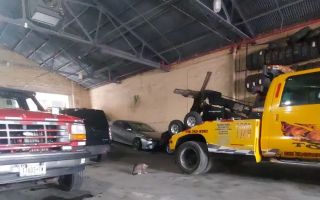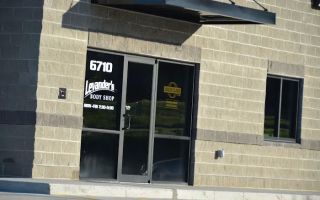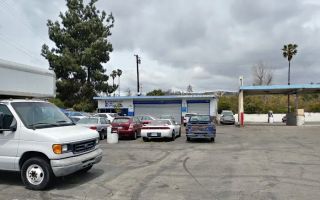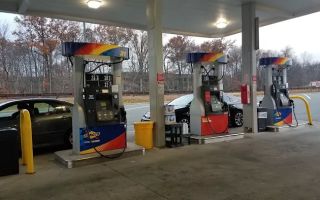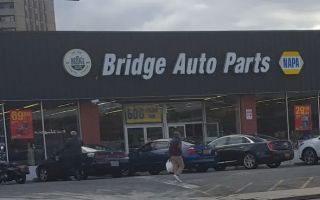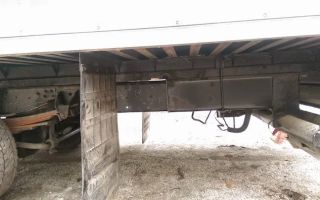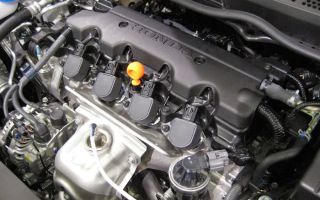Does a Jumpstart Cover All Battery Issues?
When your car refuses to start, it can be frustrating, especially when you're in a hurry. A jumpstart is often the go-to solution when your battery is drained, but does it really solve all the problems related to a dead battery? As someone who's experienced multiple instances of car troubles, I can tell you that a jumpstart is not a one-size-fits-all solution. It's a temporary fix that can provide immediate relief, but it doesn't always address the root cause of the issue. In this article, I’ll walk you through the various scenarios where a jumpstart can help and situations where it might not be enough. This way, you'll be better prepared for the next time your car battery gives you trouble.
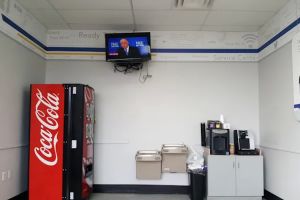
NTB-National Tire & Battery
6315 Prentiss School Dr, Canal Winchester, OH 43110, USA
1. What Is a Jumpstart and How Does It Work?
A jumpstart, also known as a boost, is a process in which you use another vehicle's battery to provide enough charge to your car’s dead battery, allowing the engine to turn over. To perform a jumpstart, jumper cables are connected from the charged battery to your car’s dead battery. The flow of electricity from the charged battery provides the energy needed to start your car’s engine. Jumpstarting is a quick and easy method to get your vehicle moving again, but it's important to know that it's a temporary solution.
However, while it can get you back on the road quickly, a jumpstart doesn’t solve the underlying problem that caused your battery to die in the first place. In some cases, you may only be addressing the symptom rather than the root cause. I’ve learned the hard way that it’s important to be aware of why your battery died to prevent future issues.

California Car Cover Co
1650 Voyager Ave B, Simi Valley, CA 93063, USA
2. When Does a Jumpstart Work? Common Situations
Jumpstarting works best when the issue is a drained battery. This often happens because the car has been sitting idle for a long period, or because you left the lights or other electrical components on for an extended time. In such cases, the battery is simply unable to hold enough charge to start the engine, but it hasn’t been damaged. A jumpstart is an effective fix that gives the battery the initial push it needs to start your car and charge back up as you drive.
One time, I had left my headlights on overnight, and my car wouldn’t start the next morning. Luckily, a quick jumpstart from a neighbor got my car going again. I drove around for a while to allow the alternator to recharge the battery. In this case, a jumpstart was all I needed to get back on track. However, if the problem is more severe than a simple drained battery, the jumpstart will only be a temporary fix.
3. When a Jumpstart Won’t Solve the Problem
There are situations where a jumpstart may not work at all. For instance, if your battery is old and no longer holds a charge, a jumpstart might temporarily get the engine started, but the battery will not retain the charge, causing you to face the same issue shortly afterward. Batteries have a lifespan, and once they start deteriorating, they’ll need to be replaced entirely. Jumpstarting won’t solve the problem of a failing battery.
I had a similar experience with my car several years ago when my battery was nearing the end of its life. A jumpstart worked, but I could never go more than a few miles before my car would die again. At that point, the battery needed replacing, and no amount of jumpstarting would keep it going. If your car’s battery is over three years old and you’re experiencing frequent issues, it’s probably time to have it tested or replaced.
4. Alternator Problems and Jumpstarting
Another issue that can arise is a faulty alternator. The alternator is responsible for recharging the battery while the engine is running. If the alternator is not working properly, the battery won’t charge as it should, which can lead to a dead battery. In this case, a jumpstart may get the engine running, but the battery will quickly drain again because it’s not being charged while the car is running. This is a serious issue that requires professional attention.
One morning, after jumpstarting my car, it seemed to run fine, but as I drove, the battery light on the dashboard kept flashing. It turned out that my alternator was failing, which meant the battery wasn’t receiving enough charge. I needed to get the alternator replaced. If you notice any warning lights or hear strange noises from your car’s engine after a jumpstart, it’s important to have the alternator checked out immediately to avoid further damage.
5. The Role of the Battery Terminals in Jumpstarting
Sometimes, the problem isn’t the battery or the alternator but rather the battery terminals. Corroded or loose battery terminals can prevent the flow of electricity, which can result in a car that refuses to start. While jumpstarting can temporarily bypass this issue, it won’t solve the problem permanently. The corrosion must be cleaned off the battery terminals to ensure a solid connection.
On one occasion, I experienced a “dead battery” situation, but it turned out that the problem was simply the buildup of corrosion on the terminals. After cleaning the terminals and reconnecting the battery, my car started right up. This incident taught me to check the battery terminals regularly for signs of corrosion. If you notice that your car is having trouble starting, be sure to inspect the battery terminals before assuming the battery itself is at fault.
6. Should You Try a Jumpstart Before Calling for Roadside Assistance?
If you find yourself in a situation where your car won’t start, it’s worth trying a jumpstart before calling for roadside assistance. Jumpstarting is quick and easy and can save you time and money if it works. However, if the jumpstart doesn’t solve the problem, or if you’re unsure about the condition of your battery or alternator, it’s best to contact a professional for help.
In my case, when I was stranded on the side of the road with a dead battery, I tried a jumpstart with a friend’s help, but it didn’t work. After realizing that the problem was more than just a dead battery, I called for roadside assistance. The technician arrived quickly and diagnosed a faulty alternator. Without their help, I would’ve continued wasting time trying to figure out the issue on my own. If you’re uncertain about the cause of your car trouble, don’t hesitate to call a towing or roadside assistance service to ensure a proper solution.
If you ever find yourself in a similar situation and need assistance, consider contacting Rescue & Towing. They offer a range of services, including battery replacements, jumpstarting, and emergency towing, to ensure that you’re back on the road as quickly and safely as possible.


